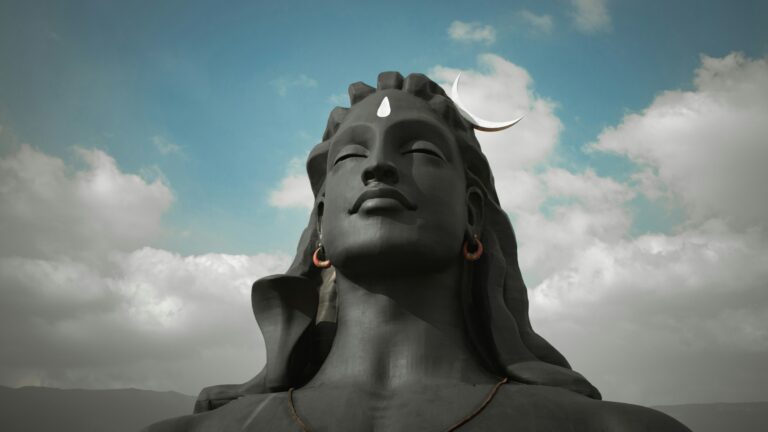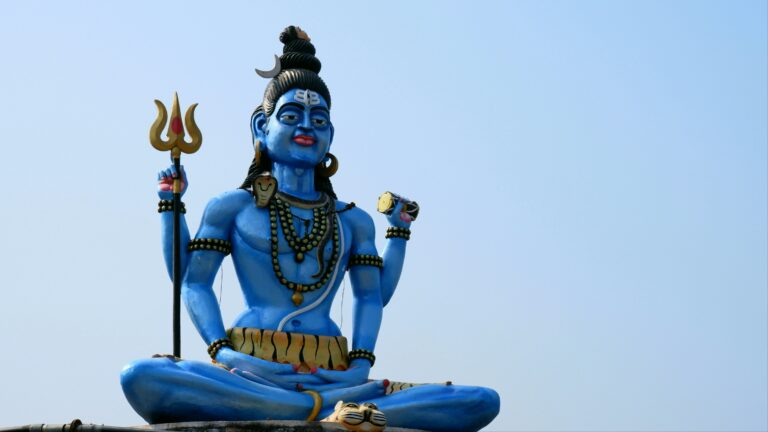The Evolution of AI in Video Editing and Post-Production Workflows
In the past, video editing and post-production tasks were known for being time-consuming and labor-intensive. Editors had to manually comb through footage, make cuts, apply transitions, and fine-tune color corrections. This process required a meticulous eye for detail and a considerable amount of patience. However, with the advent of artificial intelligence (AI) technology, the landscape of video editing has transformed significantly.
AI has revolutionized the way video content is edited and produced. By automating certain aspects of the editing process, AI has allowed editors to work more efficiently and effectively. Tasks that used to take hours or even days to complete can now be done in a fraction of the time, thanks to AI-powered tools and software. This has not only streamlined post-production workflows but has also opened up new creative possibilities for filmmakers and content creators.
The Impact of AI on Efficiency in Video Editing
Artificial Intelligence (AI) has significantly transformed the landscape of video editing, bringing about improved efficiency and productivity in the post-production workflow. With the growing demand for high-quality video content, AI tools have streamlined the editing process by automating repetitive tasks and offering intelligent solutions to enhance editing speed and accuracy. By leveraging AI-powered features such as automated tagging, facial recognition, and scene detection, editors can now focus more on the creative aspects of their work, facilitating a more efficient production pipeline.
Furthermore, AI algorithms have revolutionized the way videos are analyzed and categorized, enabling editors to quickly sift through vast amounts of footage to find the most relevant content. Through machine learning techniques, AI-powered editing tools can also suggest content, transitions, and effects based on the editor’s preferences and historical editing patterns. This level of automation not only saves time but also ensures a consistent and cohesive visual style across different projects, ultimately boosting the efficiency of video editing processes.
How AI is Revolutionizing Color Correction in Post-Production
AI technology has significantly transformed the color correction process in post-production workflows. By leveraging sophisticated algorithms and machine learning capabilities, AI tools can now analyze and adjust colors with unparalleled precision and speed. This not only enhances the overall aesthetic appeal of the final product but also streamlines the editing process by automating repetitive tasks, allowing video editors to focus more on creative aspects.
Moreover, AI-powered color correction tools offer a high level of consistency across different scenes and shots, ensuring a cohesive visual narrative throughout the video. This level of precision and consistency was previously challenging to achieve manually, making AI an invaluable asset in post-production work. As a result, video editors can now achieve professional-grade color grading results efficiently and effectively, ultimately elevating the quality of the final product.
AI tools can analyze and adjust colors with unparalleled precision and speed
Automates repetitive tasks, allowing video editors to focus on creative aspects
Offers a high level of consistency across different scenes and shots
Ensures a cohesive visual narrative throughout the video
Achieves professional-grade color grading results efficiently and effectively
How has AI impacted color correction in post-production workflows?
AI has revolutionized color correction by providing advanced algorithms that can analyze and adjust colors in video footage with precision and speed.
Can AI completely replace human colorists in the post-production process?
While AI technology has greatly enhanced efficiency and accuracy in color correction, human colorists still play a vital role in the creative decision-making process.
What are some of the key benefits of using AI for color correction in post-production?
Some benefits include faster turnaround times, consistent results, and the ability to easily apply complex color grading techniques.
Are there any drawbacks to relying on AI for color correction in post-production?
One potential drawback is the risk of over-reliance on automated processes, which could lead to a loss of creativity and personalized touch in the final product.
How can professionals in the video editing industry adapt to the changing landscape of AI technology?
Professionals can stay relevant by continuously learning and adapting to new AI tools and techniques, while also honing their creative skills to complement automated processes.






